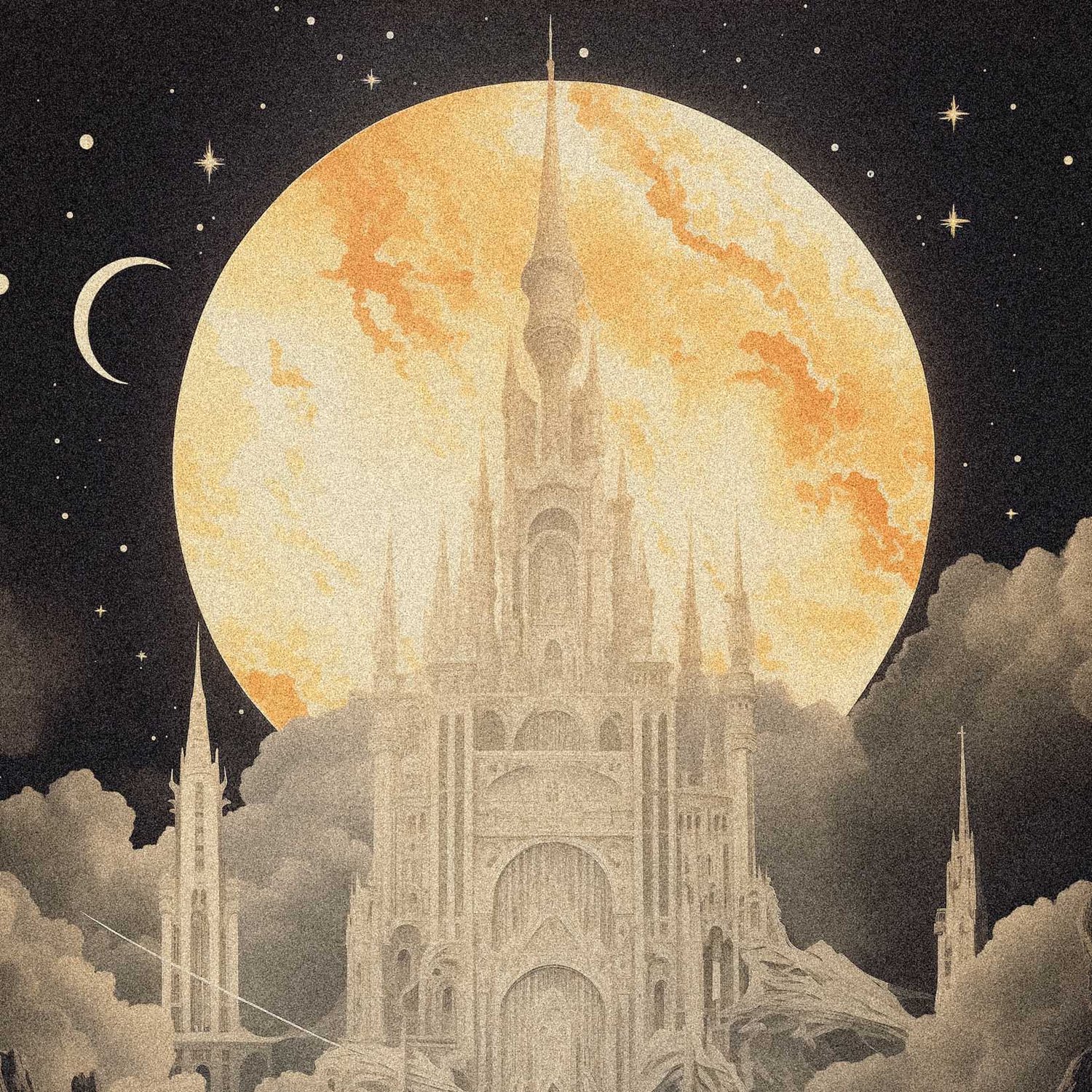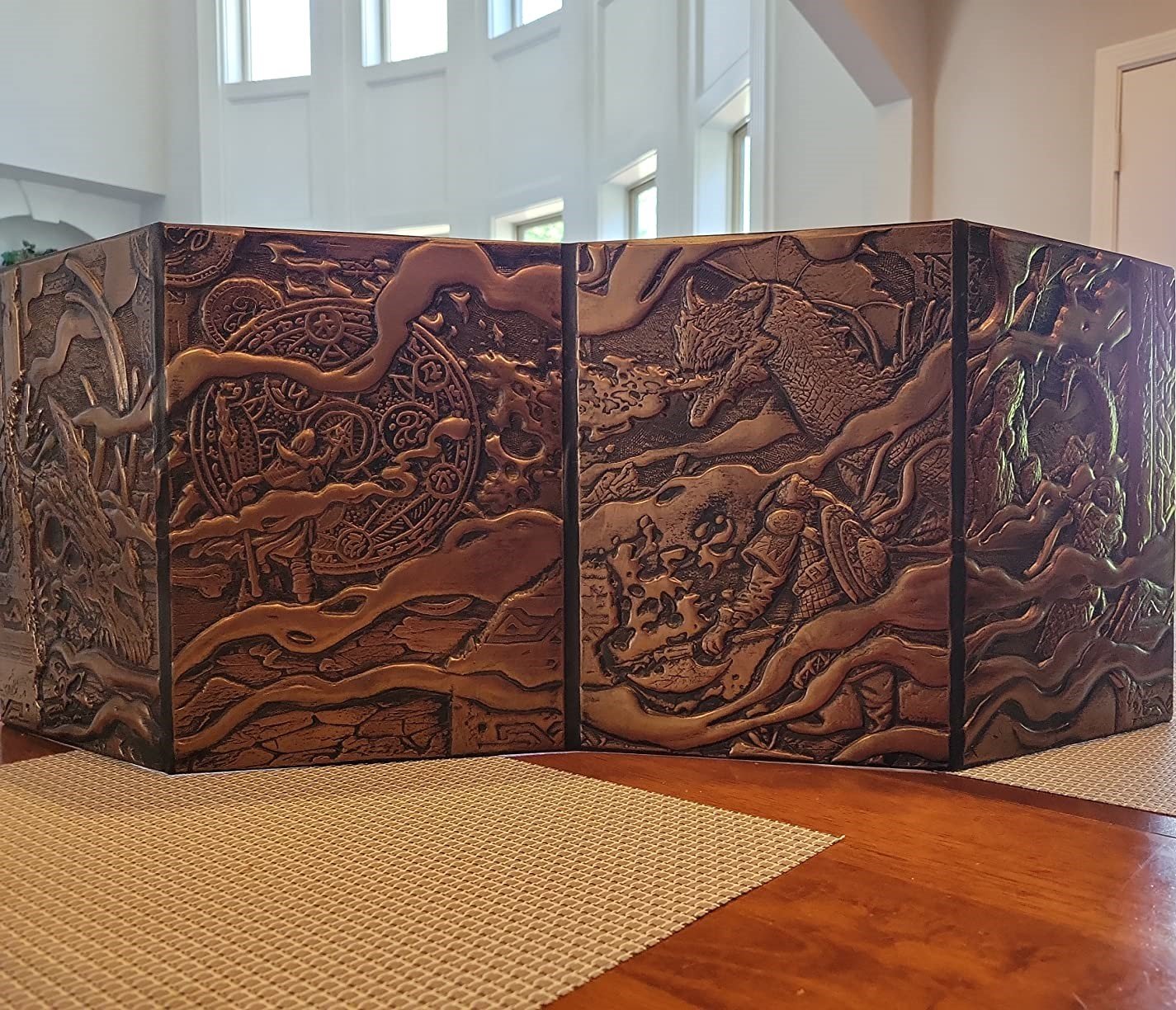The Evolution of Medieval Fantasy Board Games
The Evolution of Medieval Fantasy Board Games
For many years, players' imaginations have been captivated by the medieval fantasy genre in table top games. A fascinating trip through time, imagination, and ingenuity, the growth of mediaeval fantasy board games spans from the early days of Dungeons & Dragons to the abundance of contemporary masterpieces.
The ground breaking publication of Dungeons & Dragons (D&D) in the 1970s marked the beginning of the genre. This classic role-playing game (RPG), developed by Gary Gygax and Dave Arneson, served as the catalyst for the growth of a whole gaming industry. D&D revolutionised gaming by introducing the Dungeon Master (DM), captivating storytelling, and a complex rulebook that encouraged cooperation and creativity. The popularity of D&D spurred a creative wave that encouraged many game designers to delve deeper into the world of mediaeval fantasy.
The History of Table Top Fantasy Games
A wide variety of medieval fantasy board games were developed as a result of the rise in popularity of tabletop gaming over time. Epic conflicts between fantasy armies were introduced to gamers through games such as Warhammer Fantasy Battle. These games' tactical nuance and strategic components struck a chord with an increasing number of players, broadening the genre's appeal beyond conventional role-playing gamers.
Board games with fantasy themes became more popular in the 1980s, drawing in a larger audience. A more casual audience was introduced to the immersive realm of dungeon crawling through games such as HeroQuest. These games signalled a change in direction towards inclusivity by bringing the depth and excitement of medieval fantasy gaming within reach of new players.
21st-Century Medieval Fantasy Board Gaming
The turn of the twenty-first century saw a comeback of sorts for mediaeval fantasy board games. In order to improve the gaming experience, designers adopted new technology and added creative mechanisms and elements. Board games that prioritised easy gameplay without compromising complexity, like Settlers of Catan and Carcassonne, revolutionised the genre. These games served as entry points for novice players, bringing them into the captivating realm of mediaeval fantasy via deft tile arrangement and resource management.
A rise in cooperative board game popularity in recent years has added even more variety to the mediaeval fantasy gaming scene. Games like as Gloomhaven and Pandemic: Reign of Cthulhu promote teamwork among players in the face of shared perils, thereby establishing a bond and a shared narrative. This cooperative tendency has made the genre more inclusive by providing a different kind of gaming for players who enjoy winning together and working as a team.
Beyond the table top, board games with a medieval fantasy theme have an impact on other media and entertainment. Popular board games have been successfully adapted into digital media, expanding the genre's audience. Furthermore, the popularity of medieval fantasy board games has encouraged writers, filmmakers, and artists to delve further into the rich storytelling potential and lore that these games have.
The Mystery Behind DM Screens in Dungeons & Dragons
The Dungeon Master interface, in the midst of this change, remains a representation of the elaborate storytelling and inventiveness inherent in mediaeval fantasy video games. We explore the meaning of the DM screen, which is a physical or digital partition dividing the players and the Dungeon Master in a D&D game, in a different article. The DM screen gives the game master the ability to hide important details, roll dice covertly, and show useful references—all while preserving an air of mystery and tension.
With its beautifully designed charts and themed artwork, the DM screen is more than just a handy tool—it's a piece of storytelling history. The screen becomes a canvas for the epic tale to emerge as the Dungeon Master directs the story. It contains charts, maps, and hidden notes that help the DM navigate the adventure's turns and turns. The DM can physically control the game's flow thanks to the tactile aspect of the screen, which gives the storytelling experience a more palpable element.
In addition to its functional features, the DM screen indicates to players that they are about to enter a mysterious and amazing world through visual cues. Players are drawn into the mood of the game by the artwork on the screen, which frequently reflects the campaign's subject. As players wait for the tale to emerge, the physical presence of the screen heightens the sense of isolation and tension.
You can read my blog post about one of these DM screens by clicking this link!
My Final Thoughts
In conclusion, the development of board games including medieval fantasy is evidence of the genre's ongoing attractiveness to players. From the modest origins of Dungeons & Dragons to the wide range of contemporary classics, the historical trajectory highlights the flexibility and imagination that characterise medieval fantasy game. One thing is certain, though, as technology continues to influence the gaming industry: players will be enthralled with the prospect of setting out on grand adventures, facing legendary foes, and discovering captivating tales for many years to come.







